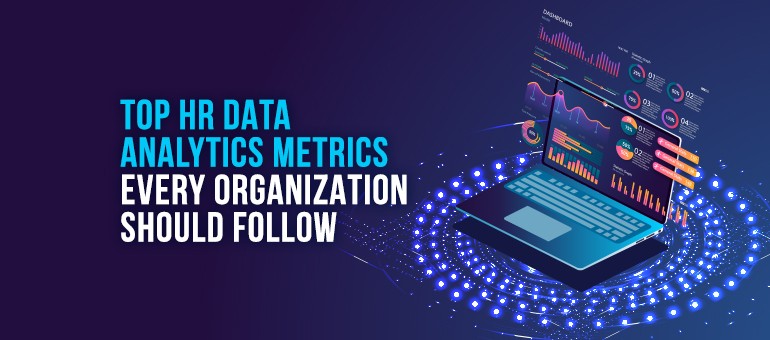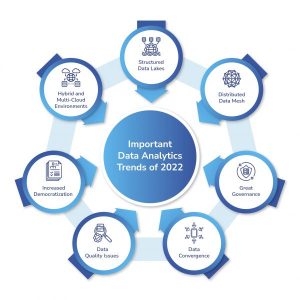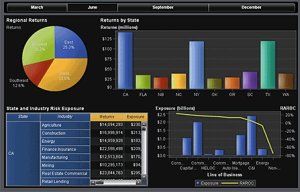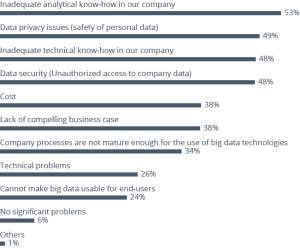
In today’s competitive landscape, data analysis has become a crucial element for business success. Companies across various industries leverage data to gain insights, improve operations, and make strategic decisions that drive growth. This blog explores how data analysis is transforming businesses and helping them achieve sustainable growth.
Understanding Data Analysis
Data analysis involves collecting, processing, and analyzing data to extract valuable insights. It encompasses various techniques, including descriptive, diagnostic, predictive, and prescriptive analytics, each serving different purposes. Companies use these techniques to understand past performance, identify trends, predict future outcomes, and recommend actions.
Key Ways Companies Use Data Analysis
- Enhancing Customer Experience
Understanding customer behavior is key to delivering exceptional experiences. Companies use data analysis to gain insights into customer preferences, needs, and pain points.
Applications:
- Personalization: Tailoring products, services, and marketing efforts to individual customer preferences.
- Customer Segmentation: Dividing customers into segments based on behavior, demographics, and other factors to target them more effectively.
- Feedback Analysis: Analyzing customer feedback from various channels to improve products and services.
Example: Amazon uses data analysis to recommend products based on customers’ past purchases and browsing history, creating a personalized shopping experience.
- Optimizing Marketing Strategies
Data analysis helps companies develop and refine their marketing strategies by identifying what works and what doesn’t.
Applications:
- Campaign Analysis: Evaluating the performance of marketing campaigns to determine ROI and identify successful tactics.
- Customer Journey Mapping: Understanding the customer journey to optimize touchpoints and improve conversion rates.
- Market Trend Analysis: Identifying emerging trends and consumer behaviors to stay ahead of the competition.
Example: Netflix uses data analysis to understand viewing patterns and preferences, allowing them to create targeted marketing campaigns and personalized content recommendations.
- Improving Operational Efficiency
Data analysis can streamline operations and reduce costs by identifying inefficiencies and areas for improvement.
Applications:
- Supply Chain Optimization: Analyzing supply chain data to improve inventory management, reduce lead times, and minimize costs.
- Process Improvement: Identifying bottlenecks and inefficiencies in business processes to enhance productivity.
- Resource Allocation: Optimizing the allocation of resources based on data-driven insights.
Example: Toyota uses data analysis in its manufacturing processes to identify inefficiencies and implement lean manufacturing techniques, improving production efficiency and reducing waste.
- Driving Innovation
Data analysis fosters innovation by uncovering new opportunities and enabling data-driven decision-making.
Applications:
- Product Development: Analyzing customer feedback and market trends to develop new products that meet consumer demands.
- Competitive Analysis: Monitoring competitor activities and market conditions to identify opportunities for innovation.
- Predictive Analytics: Using historical data to forecast future trends and make proactive business decisions.
Example: Google uses data analysis to innovate its products and services continuously, from search algorithms to new technologies like AI and machine learning.
- Enhancing Financial Performance
Data analysis provides insights that help companies improve their financial performance and make strategic financial decisions.
Applications:
- Financial Forecasting: Predicting future revenue, expenses, and financial performance based on historical data.
- Risk Management: Identifying and mitigating financial risks through data-driven insights.
- Budget Optimization: Analyzing spending patterns to optimize budgets and reduce costs.
Example: JPMorgan Chase uses data analysis to manage risks, forecast financial performance, and optimize its investment strategies.
- Human Resources Management
Data analysis helps companies manage their workforce more effectively by providing insights into employee performance, satisfaction, and retention.
Applications:
- Talent Acquisition: Analyzing recruitment data to identify the most effective hiring channels and strategies.
- Employee Engagement: Monitoring employee engagement and satisfaction to improve workplace culture and retention rates.
- Performance Management: Using data to assess employee performance and identify areas for development.
Example: IBM uses data analysis to predict employee turnover and implement strategies to improve retention, such as personalized career development plans.
Challenges and Considerations
While data analysis offers significant benefits, companies must address several challenges to realize its full potential:
- Data Quality: Ensuring the accuracy, completeness, and consistency of data is essential for reliable analysis.
- Data Privacy: Protecting sensitive data and complying with regulations such as GDPR and CCPA is crucial.
- Integration: Integrating data from various sources can be complex and requires robust data management practices.
- Skilled Workforce: Hiring and training employees with the necessary data analysis skills is critical for success.
Conclusion
Data analysis is a powerful tool that enables companies to make informed decisions, optimize operations, and drive growth. By leveraging data, businesses can enhance customer experiences, improve marketing strategies, streamline operations, foster innovation, enhance financial performance, and manage their workforce more effectively. As technology continues to evolve, the importance of data analysis in driving business growth will only increase, making it a vital component of any successful business strategy.
Embracing data analysis is not just a competitive advantage; it is a necessity in today’s data-driven world. Companies that effectively harness the power of data will be better positioned to achieve sustainable growth and long-term success.








